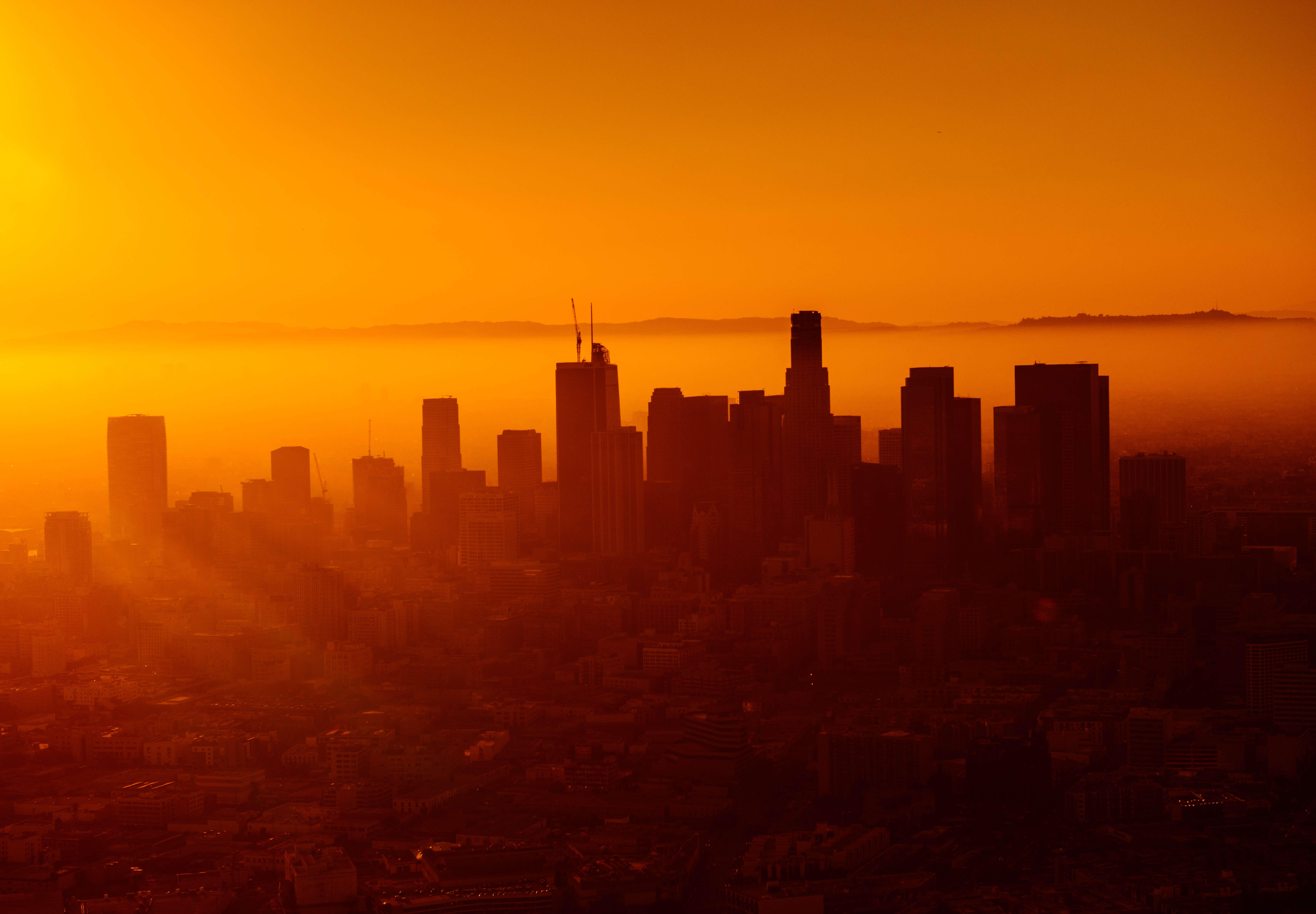A climatic condition of a particular area which especially differs from the climatic conditions of the surroundings. The local climatic condition characterizing an area depends on the topography, altitude, morphology, presence of vegetation, wind and turbulence, heat balance and urbanization. An area is highly affected by the existence of water bodies around by mitigating the ambient air temperature. The mountains and hillsides are exposed to the incident solar radiation.
Urbanization gives a massive effect in the process of absorption and emission of long wave radiation due to the urban geometry like the materials used for building construction and the pollution in the atmosphere. The design of the envelope and its elements in buildings to respond to this urban microclimate remains the challenge for the designer.

Measurements:
A good site layout can definitely come up with a greater advantage in enhancing the microclimate around the building.
Ways to achieve:
It plays a major role in improving the microclimate in both summers and winters. The trees around can provide shading that can reduce the effect of solar radiation.
The building manner helps to achieve reduced heat gain and improved circulation and ventilation.
The construction approach of the interior surfaces of the building determines the exposure to the natural daylight and air flow inside and outside the building.
Your project is very important to us.
'We like to foster healthy relationships through responsible professionalism and open communication'
